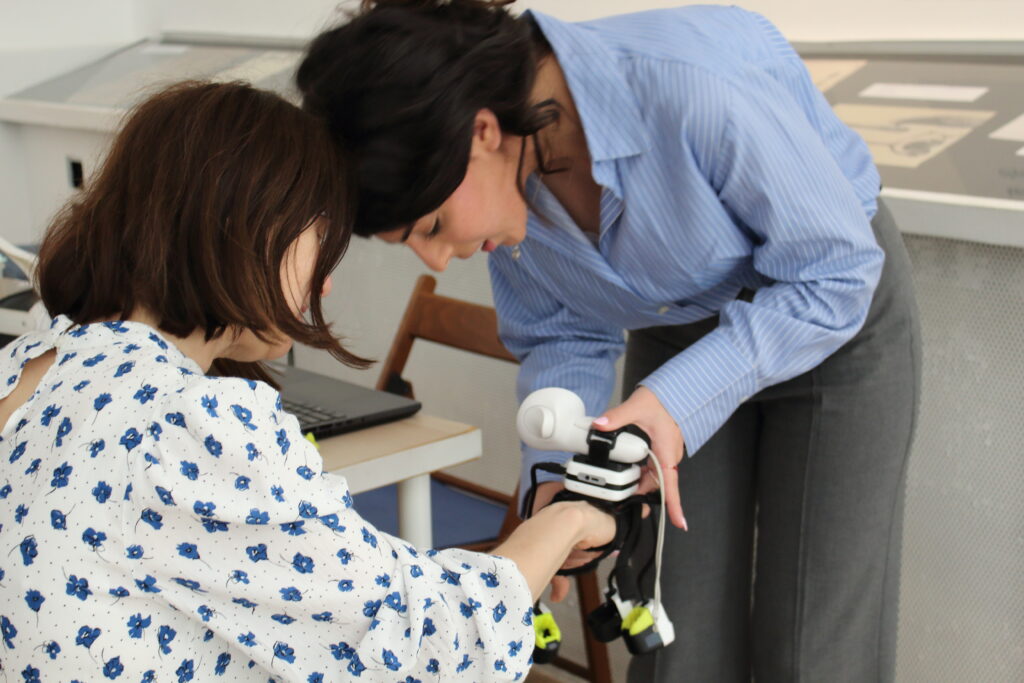As part of the SHIFT project, a survey was conducted on existing models and the needs of GLAMs in relation to the monetization of digital assets. The survey included responses from organizations in 19 different countries and examined how GLAMs use AI tools, for what purposes and what potential they have for monetization.

Hristina Mikić, expert for digital heritage monetisation “Choosing the right monetization model in GLAM institutions is a complex issue. Research shows that two key challenges in monetizing AI technology are the ethical concern of charging people with special needs for using these technologies, and the transformation of public goods (such as heritage assets) into private property, which limits access. In such cases, service fees should not contradict the core purpose of these technologies to make access to cultural expressions more inclusive. “
Key Findings from the Surveys
The SHIFT surveys gathered data from GLAMs institutions, with respondents from Europe, North America, Africa, and Asia.
- Among GLAM institutions, the most popular AI tools are the image-to-text tool, the image-to-video tool, the image-to-soundscape, and the accessibility framework, essentially all tools related to multimodal content transformation.
- GLAM institutions show the strongest preference for subscription-based models and partnership/sponsorship models for monetizing digital tools, while advertising and royalty based monetization models are the least favored.
- In GLAMs institution the most important conditions for purchasing technology are: Free maintenance support, free updates, user-friendly interface, and cost-cffectiveness
- Over the last five years, the development and implementation of technologies used in the participating heritage organizations has been funded mainly by national and local governments (70%). A smaller but still significant amount of funding was provided by European and international funds (45%).
- The most popular ways to use the SHIFT’s technologies are centered around engagement and access. Presenting stories and information in new ways was the most frequently chosen option with respondents (72.2%), showing a strong interest in innovative storytelling. Interactive exhibitions were chosen by 70% respondents, indicating a desire for more dynamic and engaging visitor experiences. Online access to collections and the creation of accessible and multimedia content was chosen by 64% respondents, demonstrating the importance of extending reach and ensuring different audiences have access to content.
- Interesting insights emerged from the identification of potential buyers and users of the digital assets created by GLAM institutions. The research showed that the most frequently identified buyers are: the tourism sector (61%), which clearly stands out as the main market for digital content, digital content developers (55%) and the edutainment and education industry (50%), indicating the importance of digital content for learning and educational entertainment.
- The most important risks or barriers in monetization of digital heritage content are market adoption and users’ willingness to pay, high development and maintenance costs, and legal and intellectual property issues related to financial management infrastructure.
- Looking to the future and the potential of the SHIFT technologies developed within this project, most GLAM institutions plan to use them to engage directly with visitors and enrich them with content. Smart museum apps with interactive features are the top choice (67%), followed by improved or free audio storytelling (64%) and virtual time travel experiences (61%).
- Concrning time duration of using digital technologies the answers show a clear polarization. While a significant proportion of respondents are long-term users, another significant proportion do not yet use digital technologies or only have short-term experience. In that sense, the majority of the group (45%) has extensive experience (more than 7 years), while a considerable proportion of the group (28%) stated that they do not yet use any technologies. Around 20% fall into the category of moderately experienced users (3-7 years) who have a moderate level of knowledge and skills in the field of digital technologies. Around 11% have a shorter experience (up to 2 years). None of the respondents stated that they had been using digital technologies for less than a year.
